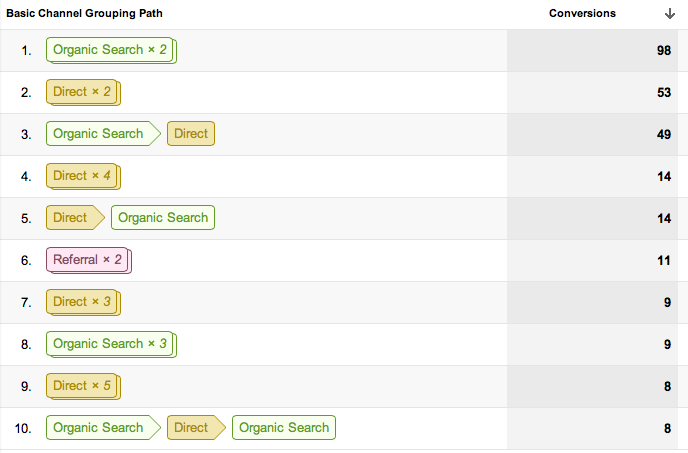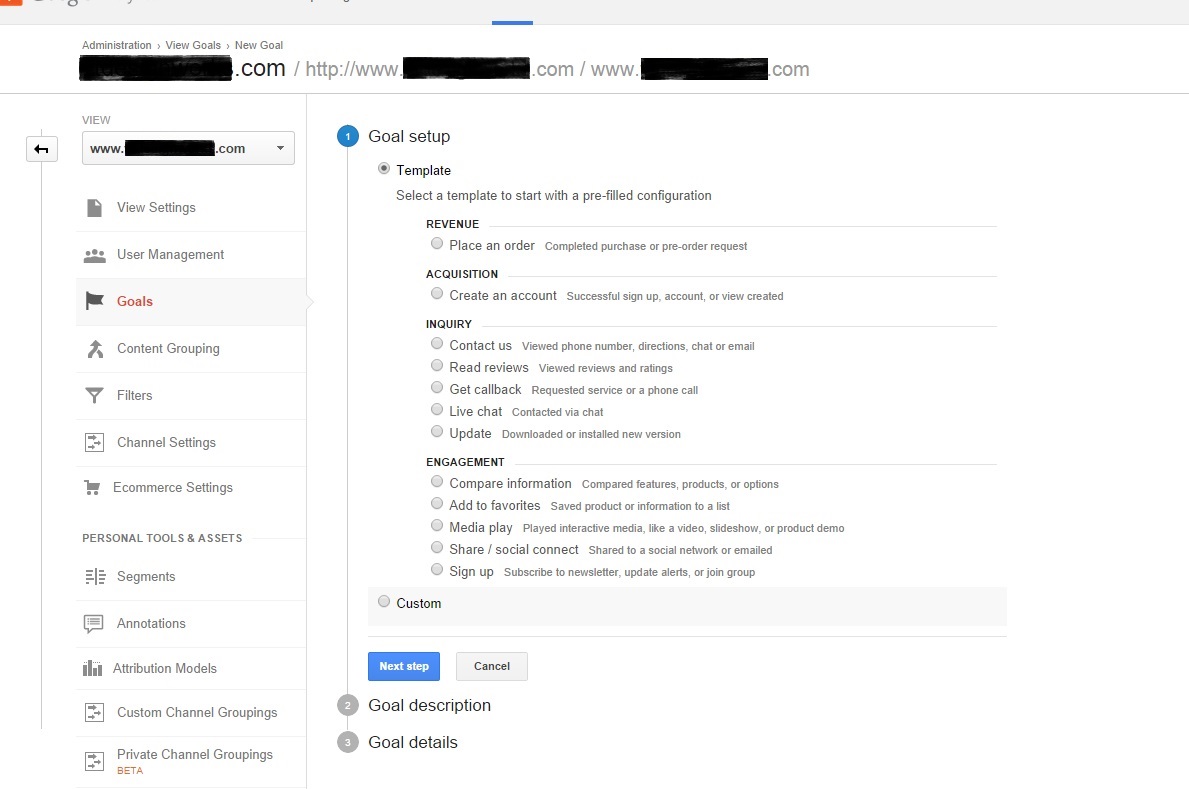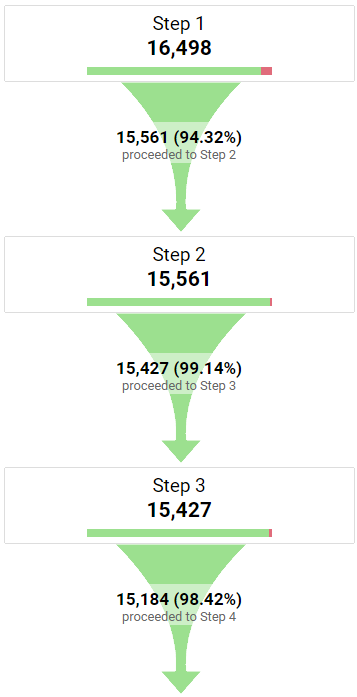What Data Is Google Analytics Goals Unable to Track: Crucial Details
Revealing the Blind Attractions: Understanding What Google Analytics Goals Can not Determine
In the realm of digital analytics, Google Analytics stands as an effective tool for tracking and examining on-line individual communications. Nevertheless, amidst its durable capacities, there exist blind places that often avert measurement. Comprehending what Google Analytics objectives can not determine is important for acquiring a detailed sight of individual behavior and interaction. As we explore the details of these unseen areas, we reveal a complicated web of uncharted territories that hold valuable insights into user activities and motivations, difficult traditional wisdom and clarifying the restrictions of our data-driven understanding.
Customer Behavior on External Operatings Systems
Understanding just how individuals connect on exterior platforms is crucial for enhancing online methods. External systems, such as social media networks, referral internet sites, and online forums, play a significant duty in driving web traffic to a firm's site. By assessing user habits on these systems, businesses can gain valuable understandings into the performance of their advertising and marketing efforts and the preferences of their target audience.
One trick aspect of individual actions on outside systems is the recommendation resource. By tracking where the individuals are coming from, businesses can recognize which systems are driving one of the most traffic to their web site. This information can help companies allot their resources better, concentrating on the systems that yield the most effective outcomes.

Offline Conversions and Communications
Evaluating user actions on outside platforms provides important insights into on-line approaches; nonetheless, taking into consideration offline conversions and interactions is similarly vital for a comprehensive understanding of a company's total efficiency. While Google Analytics excels at tracking on the internet interactions, it falls brief in catching the total customer journey that commonly includes offline touchpoints. Offline conversions, such as in-store purchases or phone queries, play a significant function in many services' success. Neglecting these interactions can cause a distorted sight of the performance of advertising projects and total organization efficiency.

Attribution Beyond Last Click
When delving into the world of electronic advertising and marketing analytics, it becomes necessary to look past the single touchpoint of the last click for a more detailed understanding of attribution. While Google Analytics offers valuable insights into customer actions, relying entirely on last-click attribution can be limiting - what data is google analytics goals unable to track. Attribution designs that surpass the last click use an extra nuanced sight of the consumer trip, taking right into account all the touchpoints that bring about a conversion
Attribution past the last click enables marketers to assign debt to numerous communications along the conversion path, giving a more clear image of the efficiency of various advertising channels. By discovering multi-touch acknowledgment models such as straight, time decay, or position-based acknowledgment, view website organizations can better assign their marketing spending plans and enhance their strategies for optimal influence.
Understanding the influence of each touchpoint in the conversion procedure is essential for making notified decisions and maximizing ROI. By accepting attribution past the last click, businesses can gain much deeper understandings right into customer habits and customize their marketing initiatives better.
Cross-Device and Cross-Browser Tracking

In a similar way, cross-browser monitoring complements cross-device monitoring by capturing individual behavior as they switch between different web internet browsers. Recognizing exactly how customers connect with browse around this site websites on numerous browsers can help marketing experts optimize their on the internet experiences to make sure uniformity and capability throughout various platforms.
Qualitative Data and Individual Intent
Recognizing individual intent with qualitative information evaluation is important for establishing targeted digital advertising methods that reverberate with the needs and preferences of the target audience. Qualitative information gives insights right into the 'why' behind customer actions, shedding light on inspirations, feelings, and choices that quantitative information alone can not capture. By analyzing customer comments, remarks, and interactions, marketers can discover important information concerning individual intent, allowing them to tailor their messaging, material, and offerings to better straighten with what their audience is looking for.
Qualitative information likewise helps in recognizing the context in which customers engage with a website or app. This contextual understanding allows online marketers to develop more pertinent click resources and individualized experiences, inevitably driving higher involvement and conversion prices. By delving right into individual intent via qualitative information evaluation, companies can obtain a deeper understanding of their target audience, causing much more reliable marketing methods that satisfy users' demands and assumptions.
Conclusion
To conclude, Google Analytics goals have constraints in measuring customer habits on external systems, offline conversions, attribution past last click, cross-device and cross-browser tracking, and qualitative information connected to individual intent. what data is google analytics goals unable to track. It is essential for businesses to be knowledgeable about these blind places in order to supplement their data evaluation with various other devices and methods to acquire a more thorough understanding of their audience and improve their overall electronic marketing approaches
By analyzing customer habits on these systems, businesses can gain useful insights right into the performance of their marketing efforts and the choices of their target audience.
Assessing customer behavior on outside platforms gives useful understandings right into on-line strategies; however, thinking about offline conversions and communications is just as important for a comprehensive understanding of a firm's general efficiency.In electronic advertising analytics, moving beyond last-click attribution to explore cross-device and cross-browser monitoring is crucial for gaining an alternative understanding of customer interactions throughout various systems and gadgets. By evaluating user feedback, remarks, and interactions, marketing professionals can discover important details concerning customer intent, enabling them to tailor their messaging, material, and offerings to better straighten with what their target market is looking for.
By delving into individual intent with qualitative data analysis, services can get a much deeper understanding of their target audience, leading to more efficient advertising strategies that meet users' assumptions and needs.